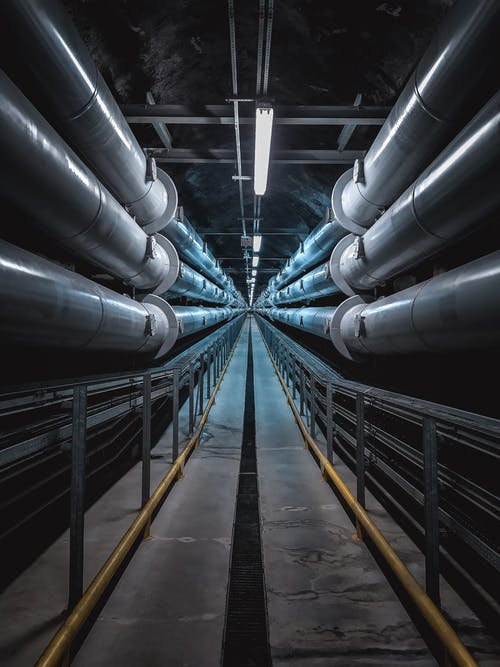Image via Pexels
Many companies use chlorine gas as part of their day-to-day operations, but not everyone on-site is completely clued in about the potential risks and hazards of a chlorine gas leak.
How long does chlorine gas stay in the air? What does chlorine gas smell like? What are the risks of exposure? These are some of the questions we will try to answer below.
It is difficult to answer exactly how long chlorine gas will stay in the air
Chlorine gas has a habit of dissipating out across a large space, contaminating every available cubic inch. However, the length of time for which this gas remains in the air depends on two factors:
- The concentration of the gas that has been released
- The size of the space the gas has been released into
In a larger space, the concentration of gas in any one location will be relatively low. However, it may take longer for the gas to be removed, and for the air quality to be returned to a safe level, than it would if the contamination happened in a small space.
Chlorine is far more dense than air
The molecular structure of chlorine gas makes it very dense, which means it will displace the air at a low level when it is released into a space. It will collect close to the ground, and spread rapidly across the space.
While chlorine is usually pressurized and converted into liquid for shipping and storage, the substance will quickly become a gas once it is released into a space.
Chlorine has a strong smell and is yellow or green in color
When it is released as a gas, chlorine has a very strong, distinctive aroma. This aroma is very similar to the scent of bleach or other alkaline-based cleaning products, and may provide a warning for anyone in the area that there has been a chlorine gas leak.
The gas also has a distinct color, and should appear to be yellow or green when released into a space. However, it is the gas odor that most often provides the earliest and most effective warning.
Chlorine is not flammable, but it is a fire or explosive hazard
Chlorine gas is not directly flammable and will not catch fire if exposed to a naked flame. However, it is highly reactive with certain compounds or chemicals — so much so that it can cause an explosive reaction. This makes a chlorine gas leak very dangerous.
Chlorine reacts with water to form acids
This is what makes chlorine so dangerous to humans. There are lots of areas of our bodies that are moist or wet, including the throat, the lungs, and the eyes. When chlorine comes into contact with these areas, acids are formed, which then damage tissues.
This causes:
- Burning pain in the nose, throat, and eyes
- Blistering skin
- Blurring vision
- Coughing and tightness of the chest
- Difficulty breathing
- Edema or fluid buildup in the lungs
- Vomiting or feelings of nausea
- Watery eyes
- Wheezing
Remember, just because someone is displaying these symptoms does not mean they have necessarily been exposed to chlorine gas. Nor will someone who has been exposed necessarily display all of these symptoms.
Chlorine gas exposure can have serious long-term effects
Depending on the concentration of the gas, and on the duration of the exposure, individuals can experience serious long-term effects. This is particularly true if there is a buildup of fluid in the lungs, as this can cause chronic lung damage.
Chlorine is a useful chemical with many different applications. However, it can also be dangerous, which is why the proper handling of this material is vital.
